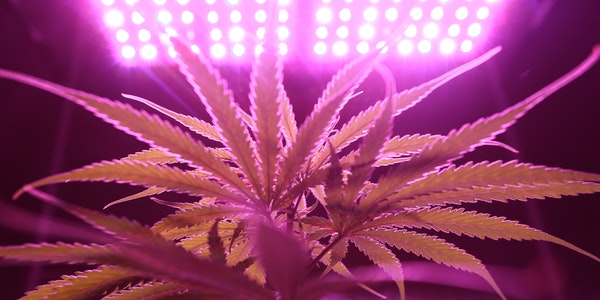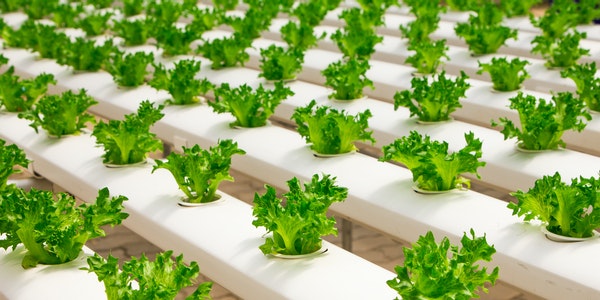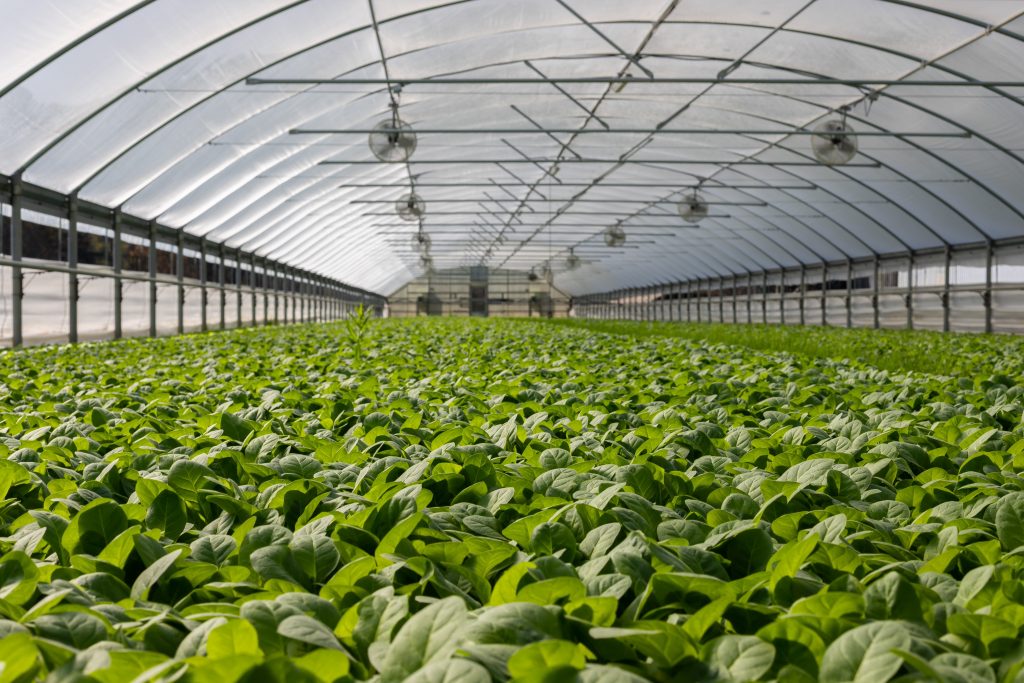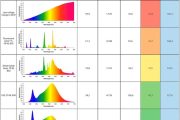In our understanding, all things grow by the sun, which means light. Plant growth requires photosynthesis to generate energy, and different plants have different requirements for light. Therefore, when using artificial light for plant photosynthesis, the light quality and amount of light that need to be selected are also different.
Plants grow by relying on photosynthesis. The spectrum required by most plants is similar to the visible spectrum of humans, about 400-700 nm. Plants can absorb any photon in this range for photosynthesis, but not all wavelengths. Photons can be absorbed, and the absorption spectrum of plant pigments illustrates this point well.
Key Points of spectrum Design of LED Grow Light
Plant factories are cross-border products, and plant light spectrum technology is an important connection point between planting equipment and planting technology. The planting process determines the spectral design. The design and manufacture of plant lights ensure that the light quality required by the planting process can reach the best efficiency. These characteristics of plant lights determine the complexity and diversity of plant spectral design.
Grow Lights Affect PPFD Value
Usually, the planting process needs to propose the daily radiation based on a certain light quality, or the PPFD value of the planting surface (some planting processes require YPFD value) and photoperiod. The daily radiation determines the PPFD value and photoperiod, and the designer is based on the PPFD value Calculate the PPF value (or YPF value) of the LED light source, and then design the spectrum.
It should be noted here that under the same light source PPF value, different light distribution design, heat dissipation design, and drive design lead to significant differences in PPFD value. The manufacturing process has a greater impact on the power utilization efficiency of plant lights. This effect can be used The PPF value and PPFD value per watt of electric power are measured. The higher the value, the better.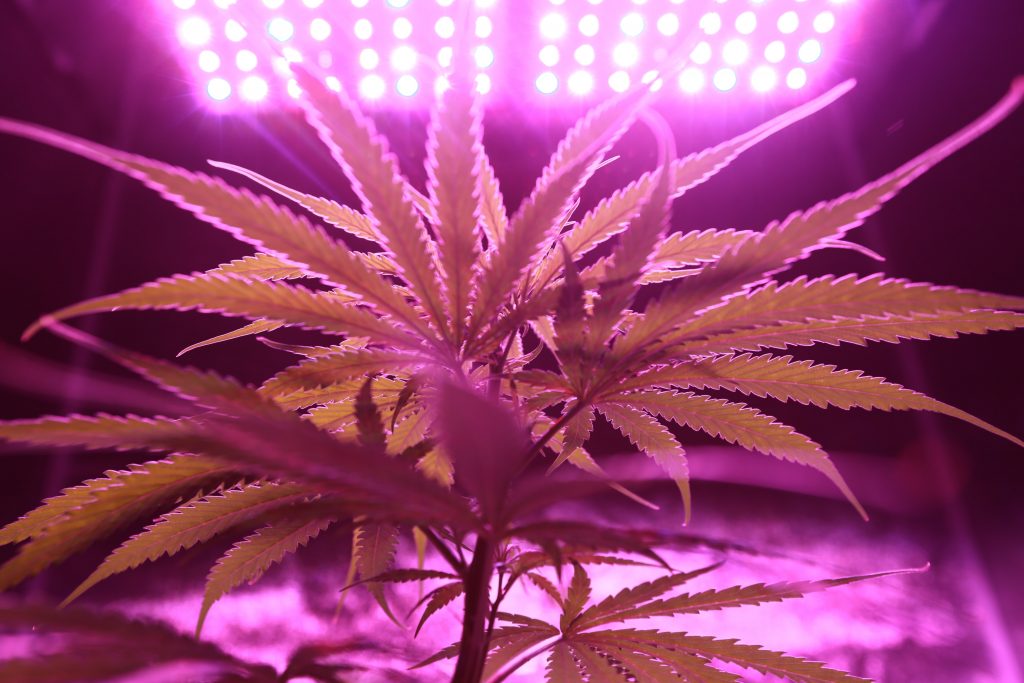
For LED light source: PPF/w, for planting surface: PPFD/w, comparing these two indicators of plant lights with the same spectral form, you can evaluate the manufacturer’s manufacturing process level.
Photosynthetic Photon Flux Density (PPFD) refers to the total number of micromoles falling in a designated area. The unit of measurement is micromol/sec/square meter (μmol/s/m2), and the concept is similar to lux.
Photosynthetic Photon Flux (PPF) refers to the total number of micromoles generated at wavelengths of 400-700nm. The unit of measurement is micromol/s (μmol/s), and the concept is similar to light energy lm/s.
The spectrum of plant lights is not the best, only the most suitable
Because the spectrum of LED plant lights can be designed, the spectrum of LED plant lights shows diversity. The spectrum of each plant light is advertised as the best by the designer. Here we emphasize that the spectrum is not the best, only the most suitable planting process. Attempting to make the LED spectrum universal is not a good design idea. A highly compatible spectrum design is at the expense of planting efficiency and waste of electricity.
Pay Attention to the Uniformity of the Radiation Field on the Radiating Surface
For the plant lamp spectrum of a combination of multiple single-wavelength lamp beads, the uniformity of the radiation surface after the multiple radiation is mixed needs to be considered. Mainly the arrangement of the lamp beads, the light distribution design, the installation height of the lamps and so on. The uniformity of the radiation field affects the photosynthetic efficiency. For the three-dimensional planting of the shelf structure, Lambertian light distribution should be used as much as possible. For greenhouse lighting plant lights with lenses, the uniformity of the radiation field needs more attention. It needs to be clear that the result of improving the uniformity of the radiation surface by increasing the installation height is to reduce the PPFD value by the square of the distance.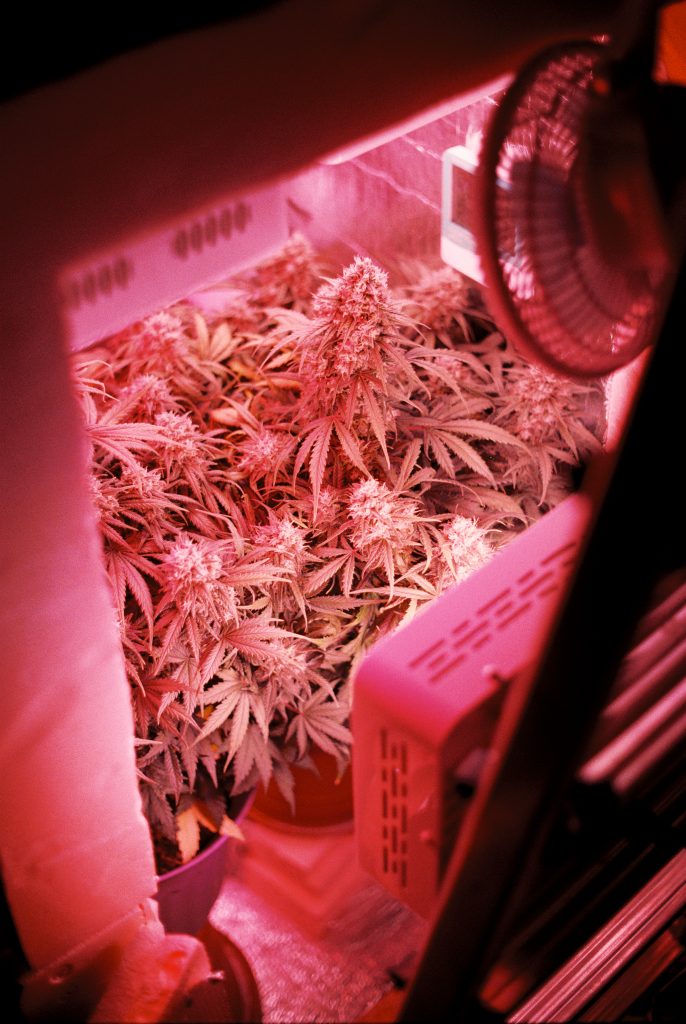
Pay Attention to the Efficiency of Grow Light
The luminaire efficiency of grow light is the ratio of the PPF value of the luminaire to the PPF value of the light source. This value is less than 1, which is related to the light distribution design of the secondary optics. The efficiency of the LED grow light luminaire is usually between 0.9-0.5, and the luminaire efficiency affects plants. The energy consumption index and planting efficiency of the lamp, the plant lamp luminaire efficiency of the lens design will not exceed 0.8.
About the Weighting of Grow Light Spectrum
Grow light spectral weighting (RQE) can better solve the contradiction between plant absorption efficiency and energy consumption. The same function as the visual effect function of lighting is the plant’s absorption efficiency function (also called the action curve). The spectral weighting of some grow lights is Use the Mokley curve or the Japanese tendency to increase the modified curve of plant varieties on the basis of the Mokley curve.
It should be noted here that the LED light source was not used in Mokley’s research. At the same time, Mokley’s research is a summary of indoor and outdoor integrated planting data of low radiation and a few varieties. Although Japan’s correction curve increases plant varieties, the above-mentioned problems still exist. Compared with the German industrial standard, their weight is on blue light.
We believe that these weightings are not completely suitable for LED light sources. The spectral V weighting (omitted) of LED light sources by the Bright Light Source Research Institute is only an idea. How to weight the spectrum is still the direction of research efforts in various countries.
About Spectral Ratio
So far, many plant lamps still use the lamp bead ratio of various spectra to describe when they talk about the spectrum ratio. Since the lamp bead ratio cannot reflect the amount of radiation, this problem requires understanding of the LED chip supply specifications. LED chips are graded and supplied according to the radiant power of the same chip size. The LED spectrum provided according to the lamp bead ratio may have a 30% deviation in the ratio. This is one of the reasons why the planting effects of different batches of the same product are different.
The correct spectrum ratio is the radiant power ratio of the RGB band according to the PAR wavelength range, so that the products provided will have a data basis.
Need to Add UV and IR Band Spectra
Increase the spectrum of UV and IR bands, and its planting process is mainly to control the light form of plants. For LED plant lights with increased UV and IR sections, it is not advisable to use micromolar expressions in the UV and IR sections, but to use radiation parameters to express, and provide PPF and YPF values at the same time. Otherwise, the UV and IR radiation requirements of the planting process cannot be correctly expressed.
The Relationship Between Light and Plant Growth
The design basis of plant lights is the planting technique. For example, if the daily radiation dose of lettuce is too large, it will lead to physiologically impaired calcium deficiency, and it may also cause photoinhibition. It is very important to set a reasonable total amount of sunlight.
The planting process includes: the daily radiation amount of plant photosynthesis and the total amount of radiation in the planting cycle, plant species and provenance and whether it is LDP or SDP, planting method and substrate, planting environment and control, etc.
For plant lamps closely related to planting, the spectral shape and daily radiation amount are first determined by the planting technology of the planted variety. In the design specifications of the Solid State Light Source Research Institute, we use the planting technology expert system. The daily radiation of plant cultivation in the system determines PPFD and photoperiod, PPFD determines PPF, PPF determines the design and process of plant lights, PPFD determines the installation height and quantity of lamps, and PPDF also determines the ventilation and carbon dioxide supplement. These parameters can be calculated, and the planting cost can be calculated from the total amount of radiation.
It can be seen here that the spectral shape and radiation quantity (light quality) first need to determine the environment and the method to grow which variety in order to correctly design the spectrum of the LED plant light. Planting technology is an internal factor that closely links agricultural planting with industrial control. Therefore, the spectral design basis of plant lights can only be derived from planting process requirements.
Hybrid Greenhouse Lighting
For greenhouse planting and hybrid plant factories that adopt the combination of sunlight and supplementary lights, the accurate method is to perform natural light radiation field spectral analysis to determine the amount of supplementary light. For sites where there is no condition for spectral analysis, the average value of illuminance can be tested, and the average value of illuminance can be divided by 55 to get the PPFD value of the planting surface under sunlight. Use this value to determine the amount of light supplemented by the plant light. This simple method is very useful for project planning and cost accounting. Hybrid greenhouse light can reduce or eliminate the green light band. Whether green light radiation is needed to supplement it needs to be determined by testing the amount of green light radiation of direct and scattered light from the sun.
Spectrum in a Completely Artificial Environment
Planting in a completely artificial environment, although the red and blue wavelengths of light have obvious effects on the planting of leafy vegetables, the taste of hydroponic vegetables is still the key to improving the quality of vegetables. We recommend using a spectrum of white light plus red light. Spectral design in a completely artificial environment requires comprehensive consideration of factors such as carbon dioxide concentration, ventilation, ambient temperature, substrate or nutrient solution control, and shelf structure design. In order to increase the number of planting layers, many layered three-dimensional plantings reduce the height of the nutrient solution tank as much as possible. This method will reduce the balance of the nutrient solution and affect the absorption efficiency of the spectrum. The important goal of spectral design in a completely artificial environment is the quality control of planting, but planting to complete the plant growth process has no market competitiveness.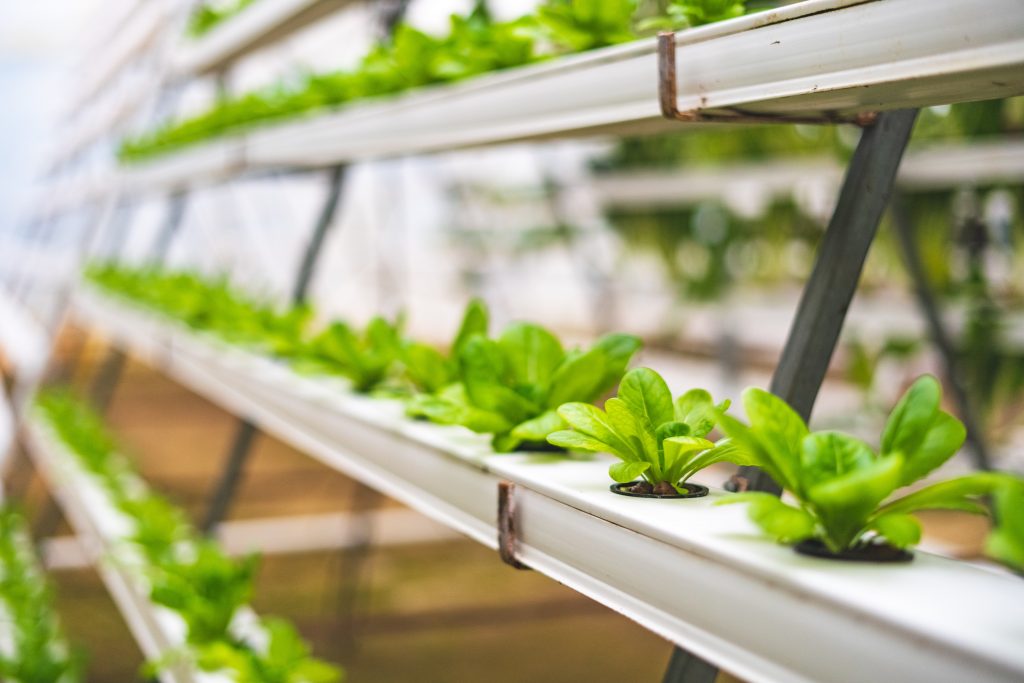
About the Full Spectrum
Some LED plant lights are nominally full-spectrum, and may want to express their rich spectral components. Here is a key concept, that is, how the “full” of the full-spectrum is defined, who defines it, and how much wavelength range is Can it be called “full”?
Although the spectrum of sunlight is the most complete, when studying photosynthesis of plants under sunlight, the PAR value is only described in the range of 400nm-700nm. Many nominal full-spectrum LED plant lights have UV and IR partial bands, but they still use PPFD to express their parameters. Since PPFD does not describe the amount of UV and IR radiation, the parameter description of this full-spectrum plant lamp shows low-level errors.
We believe that the wavelength range of the plant lamp is only the domain of the spectral absorption efficiency function, not the value domain of the absorption efficiency function. The absorption efficiency of the spectrum is the index to measure the effect of photosynthesis. The wide-band range or multi-band spectrum is called the full spectrum, which does not represent the effectiveness and compatibility of plant lights. It is not rigorous to describe plant lights with full spectrum, which will often mislead growers in their application.
The setting of the wavelength domain of the spectrum is still related to the planting process, it is the planting process that determines the domain of the spectral design, not based on the planting under the spectrum. Plant lights and plant factories are cross-border products. Some phenomena are that industrial people are busy studying planting, and agricultural people are busy studying spectrum. Knowledge extension is only for communication and understanding. The professional cooperation and division of labor in the spectrum design are more conducive to the rapid development of the industry.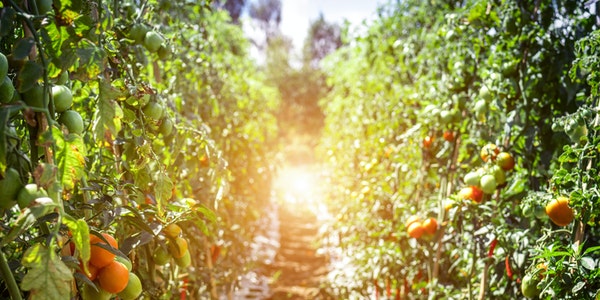
The Complexity of Grow light Spectrum Fesearch
As far as the LED light source is concerned, the same PPFD value, the spectral shape can be different. For the same PPFD, the ppf value of the light source required for the secondary optical design is also different. The same ppf value, the efficiency of the lamp is different, and the PPFD value is also different. The PPFD is the same, the shape of the spectrum is not right, and the planting efficiency is also different.
Even if the above conditions are the same, the plant’s provenance is different, the growth environment and the substrate are different, and the planting effect is also different.
In addition, the same LED plant light is also affected by environmental factors such as carbon dioxide concentration, ventilation, and temperature control. When the planting efficiency and quality meet the planting process requirements, the plant lights most need the manufacturing process to ensure that the energy consumption indicators are minimized. This is very important. The complexity of spectrum research shows the diversity of current plant lights. As there is no evaluation standard at present, the plant lights on the market are in full bloom, and a hundred schools of thought are contending.

